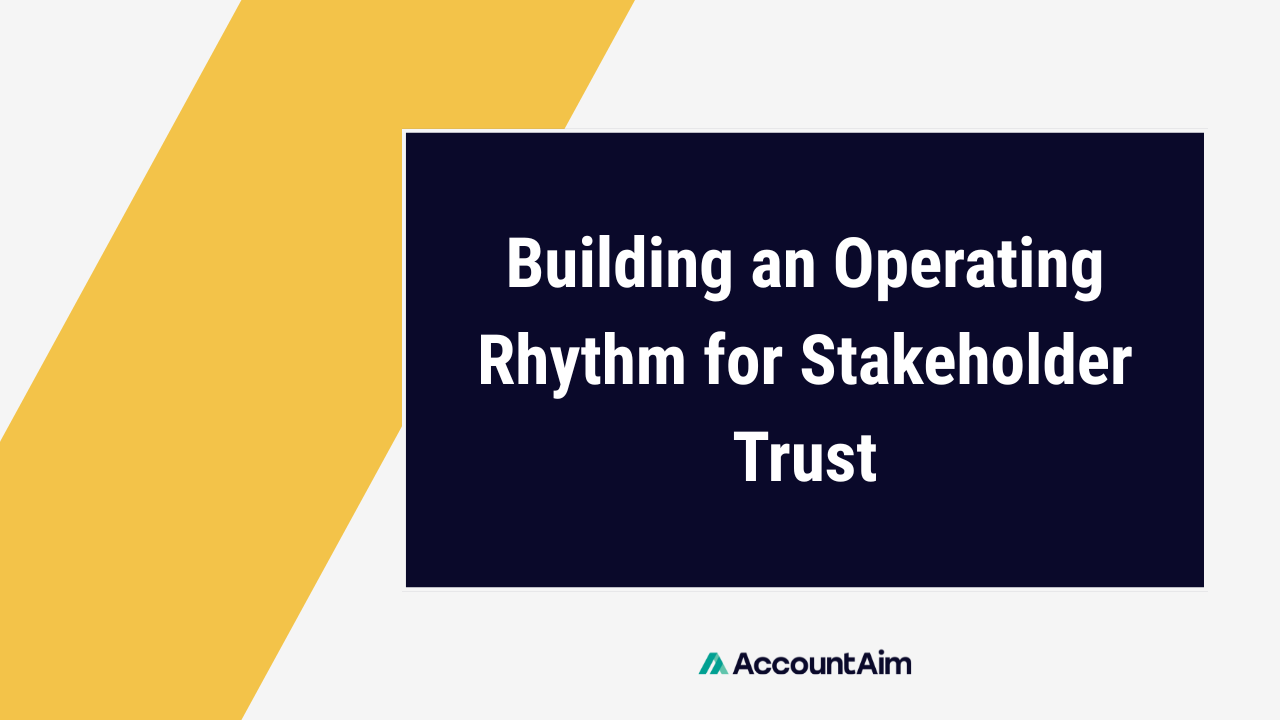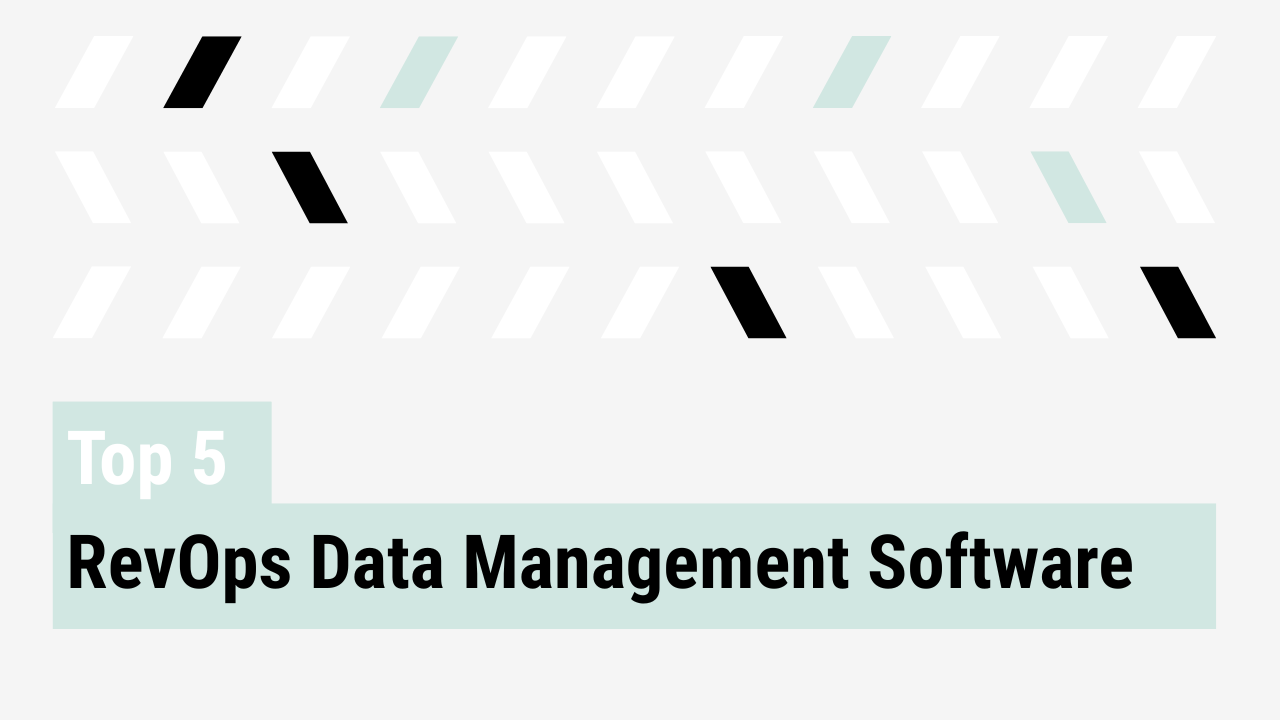Every RevOps leader eventually faces the same uphill climb: earning a seat at the strategic table. Despite being responsible for the data and processes that power revenue, too many RevOps teams are seen as reactive operators, not trusted advisors. The way to change that perception is not with more dashboards or louder reporting. It is with something steadier: building an Operating Rhythm in RevOps.
An operating rhythm is what turns information into influence. It creates transparency through clear, repeatable reporting, and builds credibility through consistent cadences. Done well, it reshapes how the C-suite sees RevOps, as leaders driving clarity, alignment, and confidence.
Trust is RevOps’ most valuable currency
Executives want confidence that the business is on track, that risks are visible, and that trade-offs are understood. This is where RevOps often stumbles. Fire drills and inconsistent reporting erode credibility. Trust, not data, becomes the scarce resource.
When stakeholders believe RevOps can reliably deliver accurate insights and sound recommendations, the function moves from tactical support to strategic partner. Transparency and consistency are the levers that make this shift possible.
Operating rhythms create alignment
A true operating rhythm is a system of recurring cadences such as forecast reviews, KPI reporting, and stakeholder syncs that establish predictability and reduce noise. Joel Arnold, a veteran RevOps leader at Arnold GTM Advisors, describes his approach this way:
“I always try to figure out what is the most basic thing that’s missing here… and then I build a roadmap off of that, and take it back to leadership to bless it. That way, if someone says, ‘you should be working on my thing instead,’ I can point back and say, the CRO told me this was the priority.”
That discipline turns routines into trust-building mechanisms. Stakeholders see priorities are not only clear, but also endorsed by leadership, and that RevOps is focused on what matters most.
Transparency builds credibility
C-suite leaders aren’t looking for perfection. They expect clarity. Transparent reporting means showing what is not working, and being explicit about assumptions and risks. When leaders see the full picture, they extend more trust.
Mosaic’s experience illustrates the impact. By consolidating signals and involving sales reps in account prioritization, they replaced a “black box” process with one that was open and collaborative. The payoff was tangible: a 23 percent increase in opportunity creation, one to two hours of daily time savings per SDR, and nearly two million dollars in incremental pipeline. The bigger win was organizational trust. Reps and leaders alike believed in the system because they could see it and influence it.
Consistency proves reliability
If transparency provides clarity, consistency provides reliability. Trust is built when stakeholders know what to expect and when those expectations are met week after week. Joel Arnold explains how structure makes this possible:
“Most people in RevOps are firefighting a lot. What I do is try to put structure to it so everybody is able to stay sane. Daily standups, breaking everything into bite-sized projects, Kanban boards, the whole team suddenly starts making progress slowly in the right direction.”
Consistency also applies to data quality. Standardized definitions, clean inputs, and reliable processes ensure stakeholders can act on RevOps insights without second-guessing. Over time, that reliability becomes credibility.
Tools sustain the rhythm
Operating rhythms require infrastructure. A single source of truth dashboard creates shared visibility. Transparent forecasting aligns expectations with reality. Feedback loops ensure the rhythm adapts as the business evolves.
Arnold stresses that the goal is clarity:
“There’s a lot of elbow grease, but a lot of it actually needs to be in paring things down and simplifying things. I want it to be as easy to work with as possible. That’s where the credibility comes from, the simplicity on the far side of complexity.”
Simplicity, supported by the right tools, makes operating rhythms sustainable. Instead of overwhelming stakeholders with noise, RevOps can deliver the clarity they can trust.
Building an operating rhythm in RevOps
For RevOps leaders, credibility is won through rhythm. By establishing an Operating Rhythm in RevOps, leaders create transparency that shows the real state of the business, and consistency that proves reliability. Over time, that rhythm transforms RevOps from a tactical operator into a strategic partner, the trusted voice executives rely on when making the hardest decisions.



